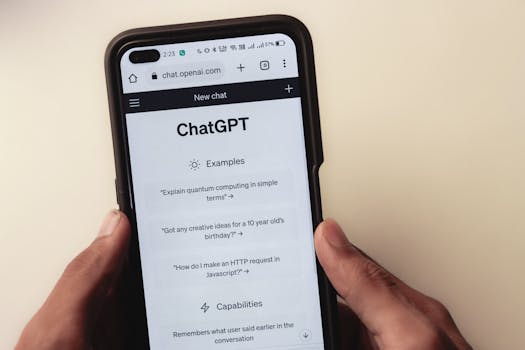
Smart Connectivity: The Role of IoT in Modern Communication
Smart Connectivity: The Role of IoT in Modern Communication is becoming increasingly important in today’s digital age. The Internet of Things (IoT) is revolutionizing the way we communicate, making smart connectivity a reality. With IoT, devices can interact and exchange data, creating a seamless and efficient communication network. In this article, we will explore the role of IoT in modern communication and how it is transforming the way we connect with each other and with devices.
Introduction to IoT and Smart Connectivity
The Internet of Things (IoT) refers to the network of physical devices, vehicles, home appliances, and other items that are embedded with sensors, software, and connectivity, allowing them to collect and exchange data. IoT has the potential to transform the way we live and work, making our lives more convenient, efficient, and connected. Smart connectivity is a key aspect of IoT, enabling devices to interact and communicate with each other and with humans. With smart connectivity, devices can share data, receive instructions, and adapt to changing conditions, creating a dynamic and responsive communication network.
The Impact of IoT on Modern Communication
The impact of IoT on modern communication is significant. IoT enables devices to communicate with each other and with humans, creating a seamless and efficient communication network. With IoT, devices can share data, receive instructions, and adapt to changing conditions, making communication faster, more reliable, and more convenient. For example, smart home devices can communicate with each other and with humans, allowing us to control and monitor our homes remotely. Similarly, IoT-enabled wearables can track our health and fitness, providing us with valuable insights and feedback.
Iot is also transforming the way we communicate in the workplace. With IoT, devices can communicate with each other and with humans, creating a more efficient and productive work environment. For example, IoT-enabled sensors can monitor equipment and machinery, detecting problems and scheduling maintenance, reducing downtime and increasing productivity. Similarly, IoT-enabled collaboration tools can facilitate communication and teamwork, enabling employees to work together more effectively.
Real-World Applications of Smart Connectivity
Smart connectivity has many real-world applications, from smart homes and cities to industrial automation and healthcare. For example, smart traffic management systems can use IoT sensors and data analytics to optimize traffic flow, reducing congestion and improving safety. Similarly, smart grids can use IoT sensors and data analytics to optimize energy distribution, reducing waste and improving efficiency.
In healthcare, IoT-enabled devices can monitor patients remotely, tracking their vital signs and providing valuable insights and feedback. For example, IoT-enabled wearable devices can track a patient’s heart rate, blood pressure, and other vital signs, providing healthcare professionals with valuable data and insights. Similarly, IoT-enabled medical devices can communicate with each other and with humans, enabling healthcare professionals to diagnose and treat patients more effectively.
Conclusion
In conclusion, Smart Connectivity: The Role of IoT in Modern Communication is a rapidly evolving field that is transforming the way we communicate and interact with devices. With IoT, devices can communicate with each other and with humans, creating a seamless and efficient communication network. As IoT continues to evolve and mature, we can expect to see even more innovative applications of smart connectivity, from smart homes and cities to industrial automation and healthcare. Whether you are a consumer, business, or government, understanding the role of IoT in modern communication is crucial for staying ahead of the curve and harnessing the benefits of smart connectivity.



